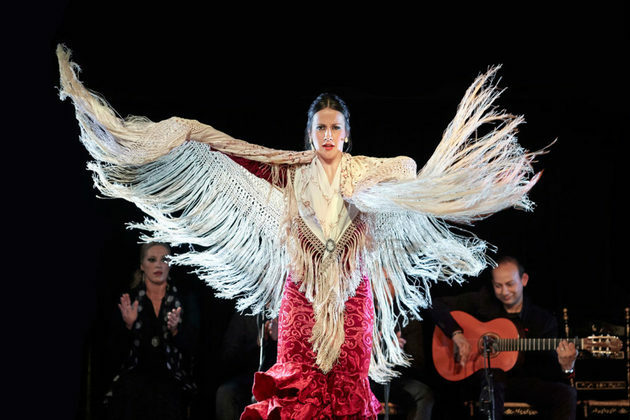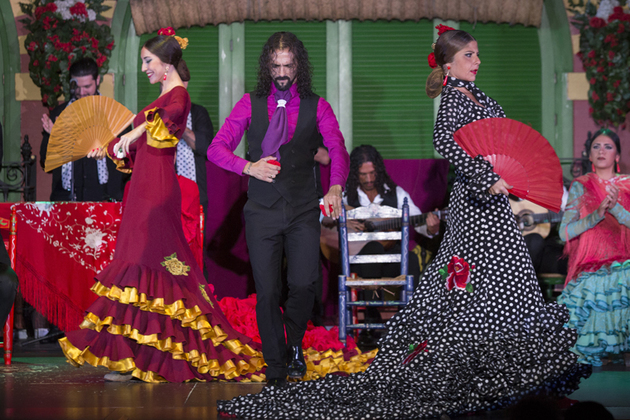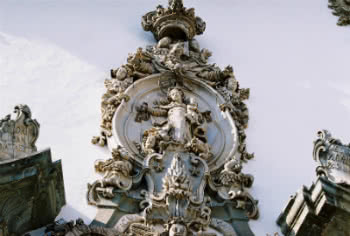O flamenco is a typically Spanish style of music and dance. This cultural manifestation is mainly related to the autonomous community of Andalusia, in southern Spain, as well as to the city of Murcia and the region of Extremadura.
With Arab, Jewish and Gypsy influence, flamenco is present in the identity of the Andalusian people and is considered a Spanish culture icon.
In 2010 it was elected as an Intangible Cultural Heritage of Humanity by UNESCO (United Nations Educational, Scientific and Cultural Organization).

Origins of Flamenco
Flamenco originated in poor Gypsy neighborhoods (the gitaneries) and was passed from generation to generation, transforming itself into a very elaborate artistic expression.
As it emerged in a very tumultuous period, the history of flamenco lost important details. At the time, the Moorish, Jewish and Gypsy peoples suffered great persecution because of the inquisition Spanish.
In addition, the gypsies - coming from India around 1425 - had a strong oral tradition and their music was transmitted through their own musical performances to the communities.
As a result of this difficult trajectory, flamenco music and dance convey too much emotion, portraying the ravishing spirit of the fights, the pride of their origins, the pains and joys of the people.
This cultural expression had very little recognition for a long time and only in the last 200 years has it gained prominence.
Between 1869 and 1910 there was the so-called "golden age", when flamenco gained space in "Cafés Cantantes" - entertainment and concert venues. During this period, dancers and musicians came to be valued and songs composed especially for the flamenco guitar emerged.

At first, flamenco consisted only of singing (sing). Over time, it gained other elements, such as the palms, the guitar or guitar (Touch), tap dancing and dancing (prom).
The following percussion instruments were also included: cajon and castanets. The first is a wooden box in which the musician sits and plays by clapping his hands. Castanets consist of two pieces of wood, placed around the fingers and touched while performing the dance.

Flamenco Categories
This artistic expression is currently divided into three styles:
Flamenco Jondo or Sing Jondo
This type is related to the beginnings of flamenco, being the most traditional and complex. It has dense and deep characteristics.
The important Spanish poet Federico García Lorca (1870-1920) defines this style as follows:
Sing jondo is close to the rhythm of the birds and the natural music of the black poplar and the waves; it is simple in age and style. It is also a rare example of primitive song, the oldest in all of Europe.
classical flamenco
It is a manifestation of the most modern flamenco and uses new ways of playing instruments and dancing. This style does not have the same complexity and density as the sing jondo.
Contemporary Flamenco
In the contemporary genre, flamenco gains characteristics both in the more traditional way and in classical flamenco. It also unites jazz and other musical fusions such as bossa nova, gypsy, Latin, Cuban and others music.
Palos Flamencos
There are also sub-categories within flamenco. calls from palos, they are divided according to the characteristics of the songs such as the time signature, the scales used and the themes covered.
Below are some examples from the numerous flamenco palos that exist:
- joys: with mixed beat, originating in the Andalusian city of Cádiz.
- Bulerias: style with lively and vibrant rhythm. It is suitable for dancing and allows for improvisations.
- Seguirya: tragic genre, which expresses suffering and pain. One of the most emotional of flamenco.
- Seasons: performed at harvest time in the Andalusia region, without instrumental accompaniment.
Flamenco clothes

In the beginning, the clothes worn by the dancers were as simple as the clothes of the peasants. They also wore costume jewelry and adorned their hair with flowers.
Over time, the costumes were transformed and currently one of the main characteristics are the vibrant and cheerful colors, with red being very present. Today, women wear dresses with lots of ruffles, fans, shawls, typical head accessories and elaborate makeup.
Flamenco in Brazil
In Brazil, interest in this art has been growing. With the arrival of Spanish immigrants in Brazil, mainly in the mid-twentieth century, flamenco also emerged in the country.
It is a culture that has not yet been consolidated and faces many difficulties and lack of encouragement, however, it is gradually gaining ground. The city of Porto Alegre (RS) is considered one of the places where this artistic expression stands out the most.

Flamenco Representatives
We can cite the following artists as great names in flamenco music:
- Paco de Lucía (1947-2014)
- Camaron de la Isla (1950-1992)
- Vicente Amigo (1967-)
- Tomato (1958-)
- Niña Pastori (1978-)
- Paco Peña (1942-)
- José Mercé (1955-)
In flamenco dancing we have the dancers:
- Carmen Amaya (1918-1963)
- Eva Yerbabuena (1970-)
Video
Below, the iconic flamenco dancer Carmem Amaya in an excerpt from the film Los Tarantos, 1963, the year of her death.


